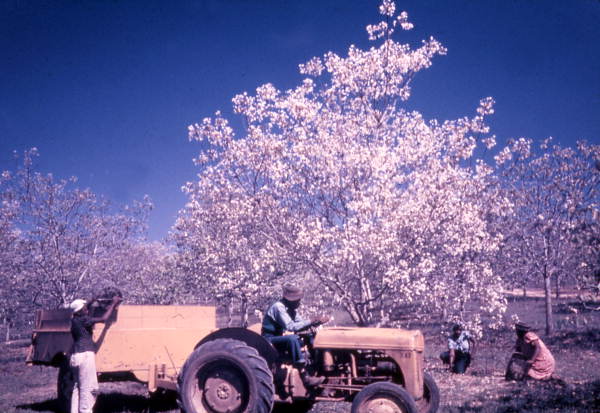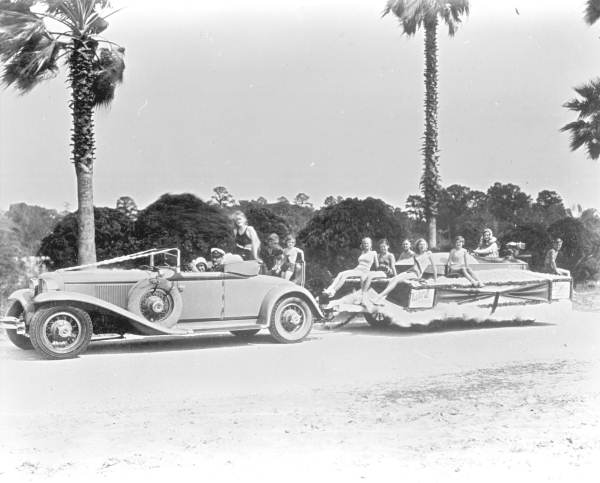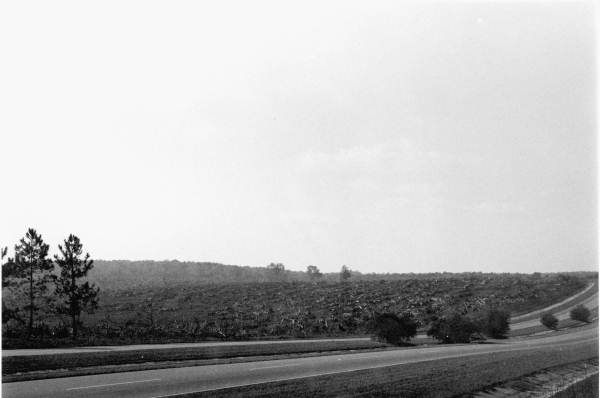Description of previous item
Description of next item
Florida's Not-So-Native Tung
Published July 7, 2014 by Florida Memory
No, there’s no typo in the title. For several decades, northern Florida was home to thousands of acres of tung trees. Tung nuts, the fruit of these trees, contain an oil that could be used in paints, varnishes, inks, and even some medicines. The tree was imported from China, where it had been grown commercially for centuries. After a period of trial and error, Florida growers were able to cultivate the trees and produce thousands of tons of tung nuts per year.
For all the largesse it would later bring to the Sunshine State, the origins of the industry were humble. In 1905, the United States Department of Agriculture imported 200 pounds of tung nuts from China and planted them in Chico, California as an experiment. Of the seedlings that resulted, the U.S.D.A. sent several hundred to agricultural experiment stations around the country, especially in the South, where the climate was most similar to that of the Yangtze valley in China.
Five of the tung seedlings ended up in the possession of the superintendent of the old City Cemetery in Tallahassee, who in turn gave them to William H. Raynes, who managed a small estate off Miccosukee Road. Raynes planted the five seedlings in November 1906 and tended them closely, yet by the spring of 1907 all but one had died, and the one was badly damaged in a storm. Raynes cut the tree back, and in the ensuing years it began producing a considerable number of tung nuts. Eventually, this tree would produce the first complete bushel of tung nuts grown in North America.
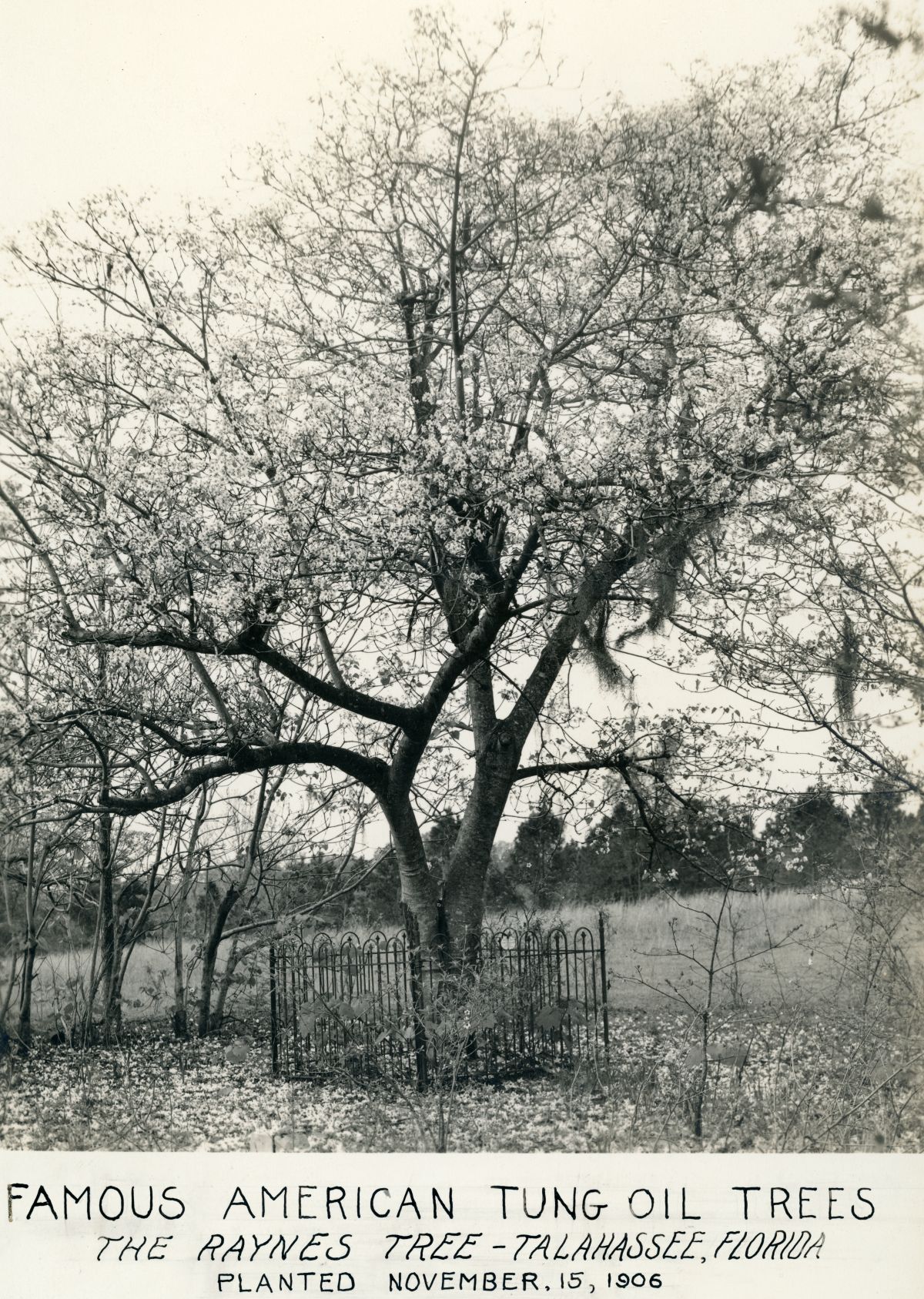
The “Raynes Tree,” the one tree of five given to William H. Raynes in 1906 that lived, and produced the first bushel of tung nuts ever grown in Florida. Raynes died in 1914, but the tree continued to grow at his home on Miccosukee Road until 1940. It died from injuries sustained when it was moved about thirty feet to make room for an access road to nearby Sunland Hospital (photo circa 1930s).
In 1913, Raynes sent a bushel of shelled tung seeds to the Educational Bureau of the Paint Manufacturers’ Association of the United States, which was then able to extract over two gallons of useable oil. The potential for a new lucrative industry was clear, and more investors began taking interest. Soon the trees were appearing in Levy, Clay, Jefferson, Okaloosa, and other counties. Tung processing factories emerged in Altha, Capps, Compass Lake, Gainesville, Lloyd, and Monticello. The American Tung Oil Association, formed in 1924 by a group of paint and varnish manufacturers with familiar names like Sherwin-Williams, Valspar, and DuPont, encouraged the growth of the new industry and funneled money into it.
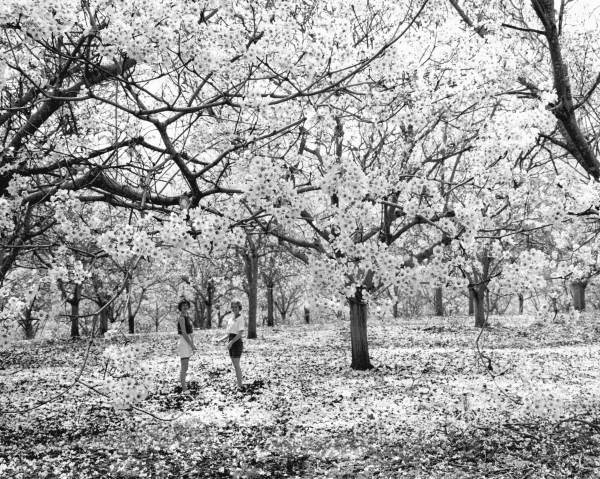
Tung trees growing in an orchard near Capps, headquarters of the aptly named “Tungston” tung processing plant. Jefferson County was host to a number of other tung operations, including the Jumpy Run mill at Monticello, General Tung mill at Lamont, and Leon Tung in Tallahassee (photo circa 1950s).
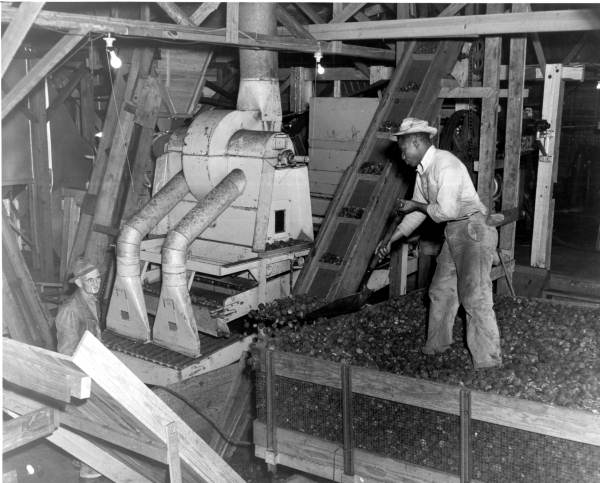
A worker feeds tung nuts into a machine inside a tung oil plant in Tallahassee. A single factory could purchase as much as 400 tons of tung nuts in a single day (1949).
National and international events spurred the tung growers onward. The arrival of the Great Depression left many Floridians out of work and hungry for the kind of jobs a healthy tung industry could provide. Across the Pacific, China’s ability to produce and ship tung oil was curtailed by the Japanese invasion of Manchuria in 1931, and harassment of ports like Shanghai. U.S. producers had an excellent opportunity to fill the void with tung oil made at home. Enthusiasm for the industry in Florida was high. There was even a “Tung Blossom Festival” in Gainesville in the 1930s, featuring games and a parade of decorated floats. In 1931 alone, the parade featured over 70 entries and 13 lady contestants vying for the title of “Tung Oil Queen.”
During World War II, the U.S. military’s demand for tung oil products sky-rocketed, which proved to be both a boon and a curse to the industry in Florida. While it kept the factories busy, the continual shortage of oil led experts to favor research into synthetic substitutes. In the postwar years, tung oil consumption fell off as other substances took its place. Freezes, devastating hurricanes, and an overall decline in purchases of tung oil products all but killed off the industry over the next few decades.
Despite its sagging fortunes over the past few decades, the tung tree may yet have a role to play in Florida’s economy. A small number of growers are experimenting with tung oil production, including in Leon County. What will be the outcome of this experiment? Well, as the saying goes, that’s the question on every… tongue, at least here at Florida Memory.
Do you recall seeing tung trees blooming in years gone by? Do you know of tung trees still living in Florida? Let us know when you share this article using Facebook or Twitter.
Cite This Article
Chicago Manual of Style
(17th Edition)Florida Memory. "Florida's Not-So-Native Tung." Floridiana, 2014. https://www.floridamemory.com/items/show/295194.
MLA
(9th Edition)Florida Memory. "Florida's Not-So-Native Tung." Floridiana, 2014, https://www.floridamemory.com/items/show/295194. Accessed March 13, 2025.
APA
(7th Edition)Florida Memory. (2014, July 7). Florida's Not-So-Native Tung. Floridiana. Retrieved from https://www.floridamemory.com/items/show/295194

 Listen: The Assorted Selections Program
Listen: The Assorted Selections Program